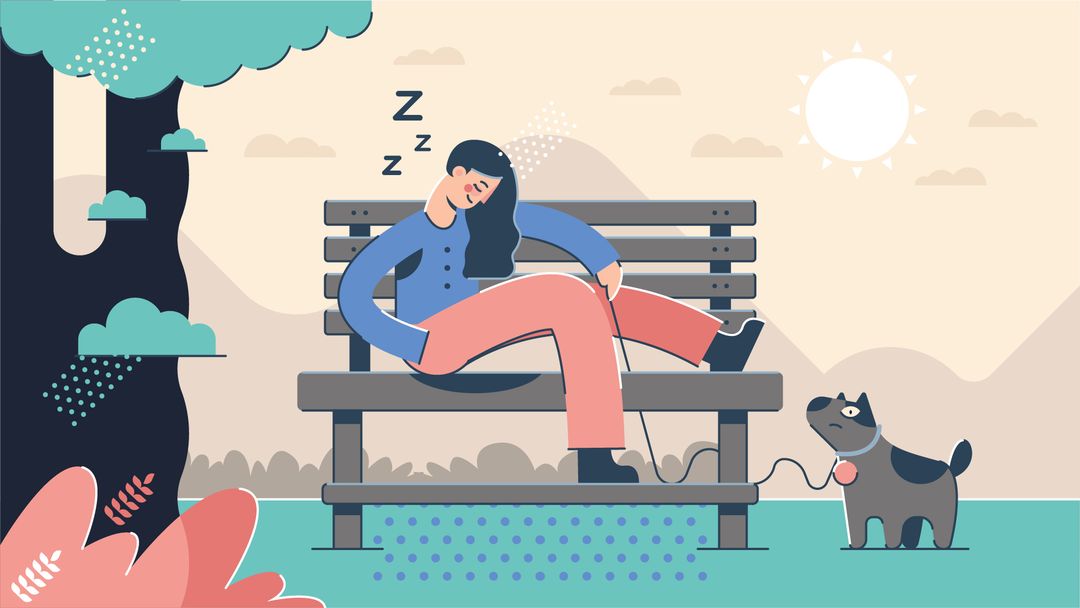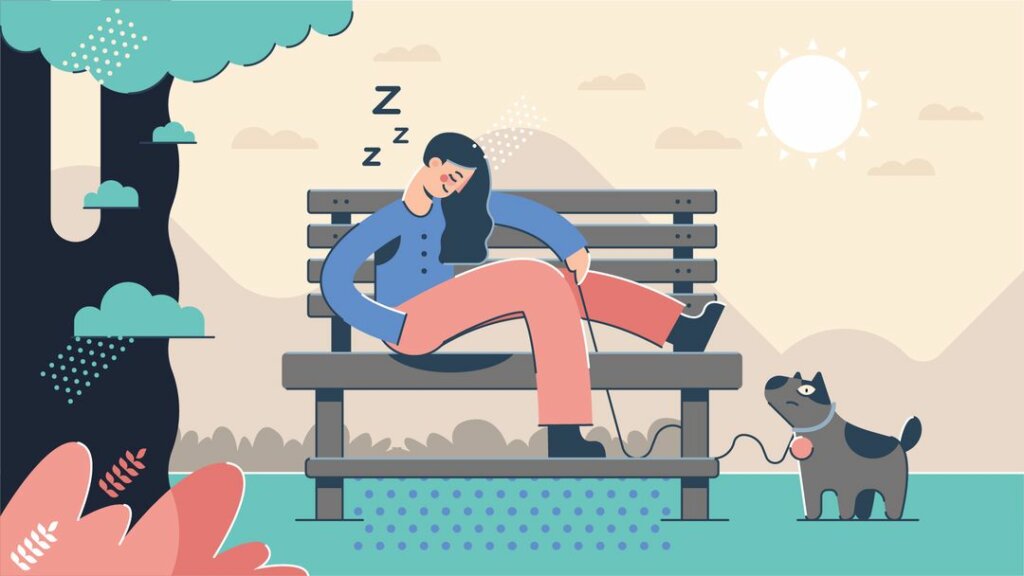In a viral classical meme, a man asks a woman about her bedroom fantasies. Instead of something sexual, her answer was “getting 8 hours of sleep.”
Yes, it’s funny, but it also goes to show how, in our overstressed, overstimulated world, good sleep is now considered a wild fantasy by many.
And yet, while most people struggle to get quality zzz’s, some struggle with the opposite—how to NOT fall asleep.
Narcolepsy is a rare, chronic sleep disorder characterized by the brain’s impaired ability to regulate the body’s sleep-wake cycles. This involves “sleep attacks” where, in severe cases, one falls asleep in the middle of a commonplace activity, like eating or driving. This makes narcolepsy potentially life-threatening.
Can’t sleep and don’t know why? Check out our Complete Guide to Sleep Disorders with symptoms, causes, and treatments on over twenty types of sleep disorders.
Quick Facts – Narcolepsy
Frequency: Less than 1%* of the general population, 5% among those diagnosed with other sleep disorders
Risk Factors: Onset is age 15-25, family history, other sleep disorders like sleep apnea or REM sleep behavior disorder, obesity, autoimmune disorders
Nature: Physical and mental
Treatment: Medication, lifestyle changes, sleep hygiene improvement
Symptoms – Narcolepsy
Narcolepsy comes in two types: Type 1 – with cataplexy, and Type 2 – without cataplexy. Cataplexy is when you’re conscious and awake, but your muscles suddenly become weak and uncontrollable (i.e. you collapse or are suddenly unable to move).
Studies show that the main symptom for both types of narcolepsy is excessive daytime sleepiness (EDS), along with the following:
- Cataplexy – In Type 1 narcolepsy, sleep attacks occur with cataplexy—the sudden loss of muscle tone, strength, and control. This varies in severity and can be as mild as eyelids suddenly drooping or as severe as losing muscle control in the entire body and collapsing.
- Sleep paralysis – As in cataplexy, sleep paralysis renders narcoleptics unable to move their muscles. The difference is that the patient can be fully conscious during a cataplexy episode.
- Insomnia and difficulty staying asleep – Narcoleptics not only struggle to stay awake during the day, they also struggle staying asleep at night, often experiencing fragmented sleep.
- Automatic behavior – Narcoleptics tend to do everyday activities (e.g. driving, writing, eating) with little conscious awareness due to irrepressible sleepiness
- Falling asleep at inappropriate or dangerous times
- Refreshed feeling following a nap or full night’s sleep doesn’t last long and is overpowered by excessive daytime sleepiness
Causes – Narcolepsy
Scientists haven’t pinned down a definite cause for across-the-board narcolepsy. For Type 1 narcolepsy, however, researchers cite low or nonexistent levels of hypocretin—the hormone that regulates wakefulness and arousal—as the main cause.
This suggests that the combination of several physiological, mental, and environmental factors leading to hypocretin loss may be the culprit. Note, though, that not all narcolepsy cases exhibit hypocretin deficiency.
- Brain trauma or injury (in rare cases)
- Autoimmune disorders – Conditions wherein the immune system attacks healthy brain cells that contain hypocretin have been linked with narcolepsy.
- Family history – Research is inconclusive on whether narcolepsy runs in families, but genetic predisposition toward autoimmune diseases affecting hypocretin levels may be a factor.
- Severe psychological stress
- Poor sleep hygiene
Treatment – Narcolepsy
No known cure for narcolepsy exists—yet. However, its symptoms are fairly manageable. The National Sleep Foundation recommends combining medication, lifestyle, and sleep hygiene improvement for helping manage your symptoms so you carry on with your daily functions.
- Medications – Amphetamine-like stimulants like methylphenidate and modafinil can help improve alertness and awakeness during the day. Use of these medications should be monitored, however, because they can be addictive.
- Sleep hygiene improvement – Maintain a regular sleep schedule, do relaxing bedtime activities, keep the bedroom cool and comfortable, etc.
- Lifestyle changes – These include avoiding caffeine and heavy meals at night, exercising daily, and eating foods that make you more awake and alert during the day.
How You Will Overcome Narcolepsy
While narcolepsy is a chronic disorder, it doesn’t worsen over time. You can effectively manage excessive daytime sleepiness, the main symptom of narcolepsy, with stimulants.
Furthermore, antidepressants (tricyclics, serotonin reuptake inhibitors) and other prescription drugs like sodium oxybate address both EDS and cataplexy symptoms for those with Type 1 narcolepsy.
Researchers also agree that key lifestyle habits can significantly relieve narcolepsy symptoms. These include daily exercise, avoiding alcohol, smoking, and caffeine, and our favorite—taking short, scheduled naps throughout the day.
Combining these daily adjustments with specialist-prescribed medication could be all you need to combat narcolepsy: so you can finally be more present and “live in the moment.”
Did you know?
This article is part of our Complete Guide to Sleep Disorders – A resource that will help you get your quality sleep back. Click here to learn more about sleep disorders, their causes, symptoms and how to overcome them.



